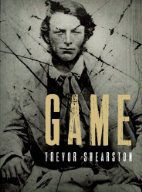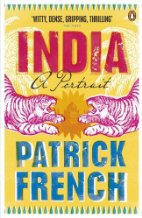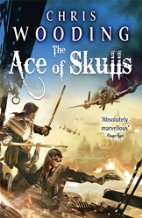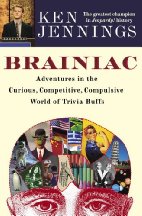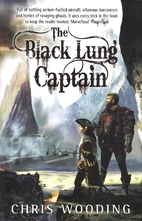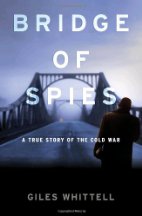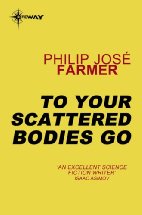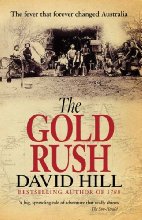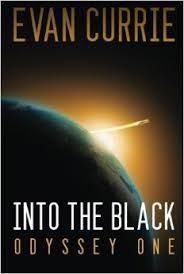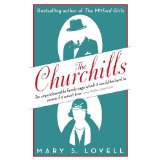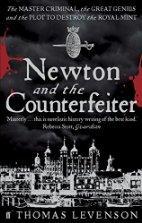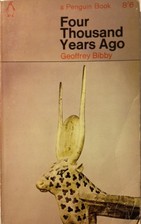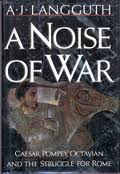Blind Descent: The Quest to Discover the Deepest Place on Earth, by James M. Tabor
Random House (2010), Hardcover, 286 pages
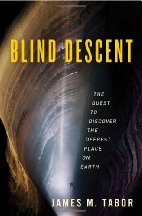
As I’ve said on a number of occasions, I’m a mountaineering and climbing junkie, albeit an armchair one. Well, that goes for the other extreme of, well, extremes – caving. Unlike mountaineering, I can actually claim some modest experience in spelunking, nothing too dramatic, but I have penetrated some non-tourist caves and squeezed through some narrow spaces, my claustrophobia, while present, being much less visceral and paralyzing than my fear of heights. And so a book like this is to be savoured. because I can actually relate to what’s happening. This is the story of two men, the driven, tough-talking American Bill Stone, and the quiet meditative Ukrainian Alexander Klimchouk, and their seperate quests to locate the deepest cave on Earth. For Stone the candidate was Cheve in Mexico, for Klimchouk Krubera in Georgia. The book deals first with Stone, then Klimchouk, it perhaps would have been more interesting to run their stories in parallel, nevertheless this is a gripping account of the effort, the difficulties, the dangers, the discomforts, and yes, the tragedies of extreme caving. Several deaths are featured, each one explained carefully in terms of why it happened. There are also touching moments, meditations on the beauty of the caves at depths most humans will never see, and even humour, such as Stone and his girlfriend, having travelled alone hundreds of metres beneath the surface, reversing the mile-high club by becoming possibly the deepest humans ever to have sex. I won’t give away the revelation of which caver wins the race to find the deepest cave, that’s something I think the reader should have to earn by navigating metre by painful metre through the caves along with the explorers, but it is an enthralling story. Highly recommended for all lovers of adventure, of scary feats, of exploration, or for anyone who just a loves a good exciting read.
8.5/10

